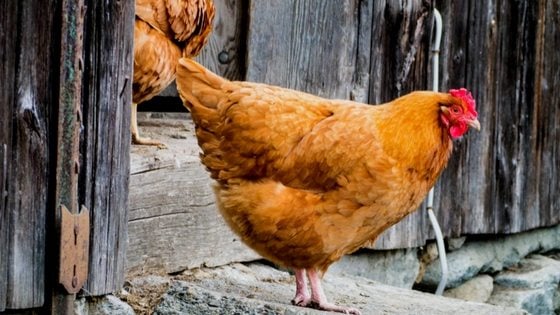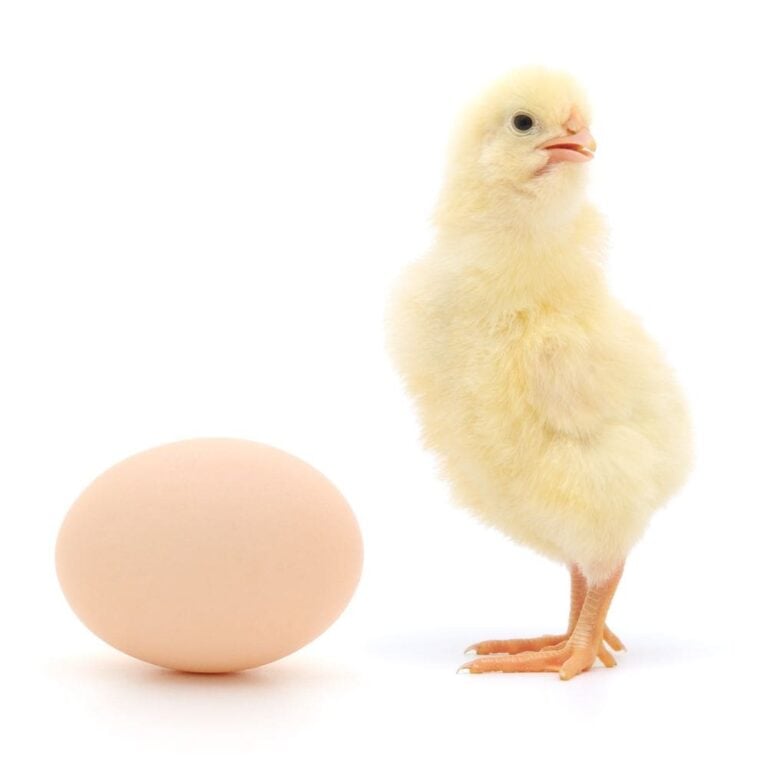It’s always a very good idea to create your own chicken emergency kit – and in this article, I’m going to give you ideas about what to keep in it.
While we all might like to think our chicken-keeping experience will be bucolic and without any trouble, the straight truth is you will likely come up against some sort of trouble at some point.
Mites, worms, cuts, or infections tend to rear their ugly head at the most inconvenient times (like when you plan to be out of town for a week – chickens have great timing like that) and having an emergency kit on hand will make a stressful situation easier.
The items in this article are just a suggestion – you can add or subtract or include your own items as you find what works for your particular backyard chicken flock.
There’s also links where you can buy these items directly from Amazon, so you have them on hand.
What should you add in the chicken emergency kit?
The first thing you may want to purchase is a plastic container that also has a cover, like this one. You will want to clearly mark it (write “Chicken Emergency Kit” on it with a marker, for example) so you can easily locate it, and your family doesn’t raid it for supplies for other projects.
Once you have the plastic container ready, you will have to think about the items to include.
Here’s some that are easy to source and can save your butt (and possibly your hen’s life):
Nutri drench
Click here to get it on Amazon
This is powdered electrolytes, vitamins, and minerals that you mix with water. You can offer it to your chicken when they’re hurt to keep them hydrated and healthy enough to combat their illness or trauma. If they’re stressed and in pain, they’re less likely to eat and drink. Very important!
Saline solution
Click here to get it on Amazon
If your chicken has dust or dirt in her eyes or an open wound, saline solution will help you flush it clean.
Triple antibiotic ointment or natural alternative
Click here to get antibiotic ointment on Amazon
Click here to get a natural alternative on Amazon
If your chicken get an open wound, you will need to put something on it after flushing it clean. If you use over-the-counter drugs with your flock then triple antibiotic ointment is great, or a natural alternative if you’re raising them 100% natural.
Blu-Kote
Click here to buy it on Amazon
Another topical antiseptic alternative. I don’t personally use it, but a lot of people like Blu-Kote because it’s blue, and deters other chickens from picking at open wounds. (However, if you use an all-natural thick salve, you will have the same effect)
Pure organic honey
Click here to buy it on Amazon
(Check the label that there’s ONLY honey in it – no corn syrup or other additives). Honey is great for wounds, especially if the sores are wet and gooey. It can be hard to put salve or ointments on wet wounds, and honey has natural antibacterial qualities and gets into tiny crevices to battle bacteria.
Poultry VetRX
Click here to buy it on Amazon
This is based on an all-natural formula that’s been around since the 19th century. It’s particularly great for colds or upper-respiratory infections, and can come in handy for eye worms, scaly legs as well. Ingredients include Canada balsam, camphor, oil origanum, oil rosemary, all blended in a corn oil base.
Diatomaceous Earth
Click here to buy it on Amazon
Just keep a small bag around for emergencies. It’s great for scaly leg mites, but be sure to apply it on a windy day or at least in a breezy area so neither you nor your chicken inhale it. Food-grade only!
Coconut oil
Click here to buy it on Amazon
If you plant to use essential oils to support a healthy hen, then you can dilute it in the oil. Also great for adding moisture to excessively dry skin.
Heat lamp or heating pad
Click here to buy a heat lamp on Amazon
Click here to buy a heating pad on Amazon
Even if your chicken isn’t a chick, when they’re sick, keeping them warm is a good idea, as long as the ambient temperature in the room isn’t too hot. Also be sure to give them an area to get out of the heat, if your chicken wants to.
Penicillin or Tylan 50
It’s best to get this through a vet or from your local feed store
If you’re using Western medicine to treat your flock then having injectible antibiotics on hand is a good idea. Check with a poultry vet for the correct dosage.
Probiotics
Click here to buy it on Amazon
If you have a sick or injured chicken, giving them probiotics will help ensure their body has good gut health to help them heal (it won’t heal a broken leg, for example, but it WILL ensure your chicken has good gut health to maintain SOME standard of health – a wonky gut will only make healing more difficult).
Some standard chicken emergency kit items also include:
- Gauze pads
- A first aid tape
- Cotton swabs
- Wooden popsicle sticks to act as a splint for legs or wings
- Syringes for dosing or helping a hen stay hydrated – Click here to buy syringes on Amazon
I’d like to hear from you!
Do you have a chicken emergency kit created yet? What do you keep in yours? Leave a comment below!
Maat van Uitert is a backyard chicken and sustainable living expert. She is also the author of Chickens: Naturally Raising A Sustainable Flock, which was a best seller in it’s Amazon category. Maat has been featured on NBC, CBS, AOL Finance, Community Chickens, the Huffington Post, Chickens magazine, Backyard Poultry, and Countryside Magazine. She lives on her farm in Southeast Missouri with her husband, two children, and about a million chickens and ducks. You can follow Maat on Facebook here and Instagram here.







I do have a chicken First Aid kit, thanks to your post and some others I’ve read. I have almost everything you mentioned as well as Prep H (no pain relief), Epsom salts, some children’s liquid Benadryl and a wound cleaner. I also have found a vet who treats chickens and have his number in my kit. I appreciate all the good information I get from your blog, emails and website … thank you! I have seen a lot of conflicting information about Diatomaceous Earth so at this point I do not have any.